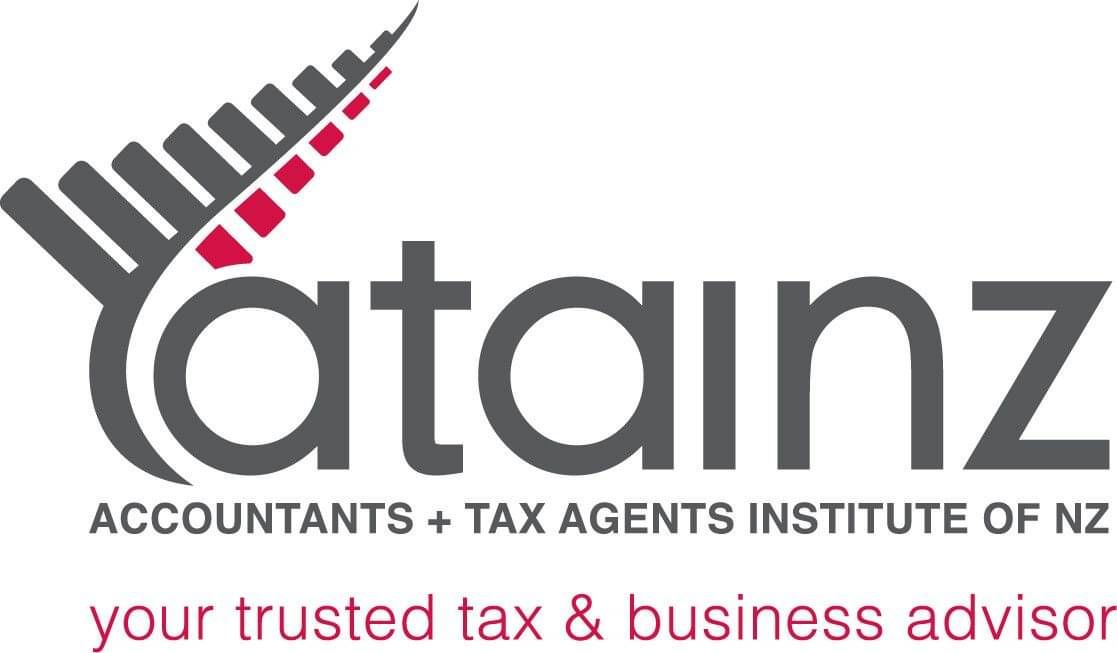How to minimise team turnover and time spent recruiting.
Recruiting is a hard and often frustrating journey. It takes you away from other important, and productive, business activities. It leads you down dead-ends; that awesome applicant who’d accepted a new position before you offered them yours!
Not to mention those awkward interviews, where you realise within twenty seconds that the person is not suitable, but you still have to go through the motions. Ultimately, all roads lead you to you taking a punt on someone who may or may not have the goods. It's exhausting!
Research indicates replacing a lost employee costs, on average 21% of their salary.
Lower-level jobs are cheaper to replace. Typically, the higher the salary, the higher the % cost to the business of replacing the employee - up to a whopping 213%! There are many intangible and untraceable costs, making it hard to predict the true cost of losing that valued team member.
There is nothing worse than an unexpected resignation from a key team member.
So, the most effective thing you can do to prevent incurring such costs, is to take an honest look at why people have left in the first place. The answer is likely to be any, or a combination of, the following:
Lack of career progression
Being underutilised
Being unsupported
Low pay
High pressure
Poor culture
Job not what was advertised
A personality clash
Incompetent team
Unfair boss
Have regular and transparent conversations with your team.
This should avoid the build-up of resentment that leads to bridge-burning episodes. People have different wants and needs. Engage your team to help them define their own preferred work environment and management style that will enable their success. That way they’re less likely to leave.
Workplace flexibility is not ‘I lose, they win’.
Asking questions and adapting aspects of a job’s nature can build real trust and loyalty. Aside from increasing retention, it can also present real efficiency and productivity gains for the business. For example, a person who wants to start and leave an hour early gets a whole hour before others arrive, or clients call, to disrupt them. That’s a win-win!
Culture breeds transparency.
A good working culture can’t be built in a day and needs ongoing nurturing, but it will lead to loyalty and transparency. But it can take time before the walls come down and your employees feel comfortable being honest about their true desires and any workplace niggles.
Sometimes what people say can be a mask for another issue completely. A good leader seeks to understand the unique motivators and stressors of each team member, to get to the bottom of what will truly help them define and deliver a ‘good day’s work’.
Suck it up (the bad with the good).
So, whether your employee leaves graciously and gratefully (offering to recruit their replacement to minimise the fall out for the business), simply announces their resignation in a calm and dignified manner, or attempts to burn the building down on the way out, get some valuable feedback.
Ask them to complete an exit interview.
An exit interview will shed light on areas you could improve to increase your team retention. Be prepared for some ‘outlier’ comments. Don’t overreact, or rush to fix things that aren’t broken. Nor should you discuss with others mentioned in the feedback without careful consideration and reflection. One thing is for sure, there will be some gold somewhere, and everyone should strive for continuous improvement.






